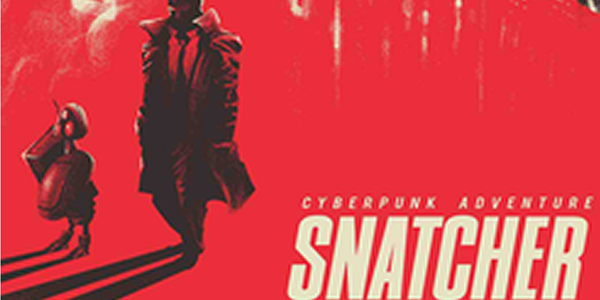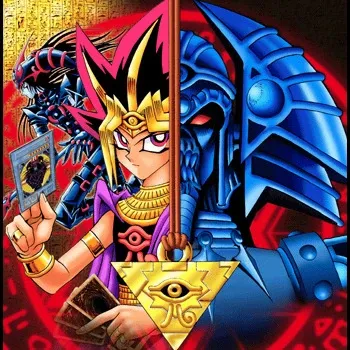The Kojima Files #1 - Metal Gear (1987)
Metal Gear (1987) is not without flaws but presents the skeleton of what would become Kojima's style in a package that holds up surprisingly well
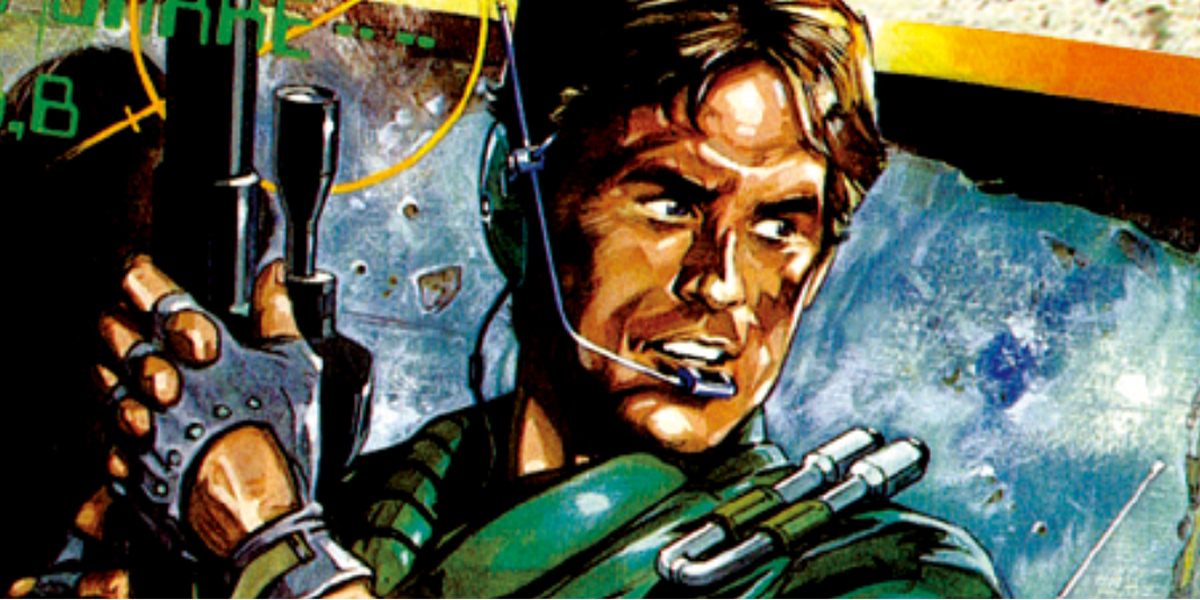
With Death Stranding 2 on the horizon I have been inspired to finally do something I have wanted to do for a long time; play every single Hideo Kojima game back-to-back. Along the way I'll be writing reviews of each game, analysing its themes, design and place in the evolution of Kojima and Kojima Production's games, really just talking about whatever speaks to me. For the list of games, I ultimately settled on every game that Death Stranding's enigmatic director, Hideo Kojima, has director, designer or writer credits for in order to hone in on games influenced by his creative vision. I am then excluding Metal Gear Online as its servers are long shutdown, P.T. as I unfortunately do not have a PS4 with it still downloaded (thanks Konami) and Kojima's first game "Penguin Adventure" as I tried to play it and it gave me a headache. This has left the list with 13 games (9 in the Metal Gear franchise), 1 demo and a stage for Super Smash Bros. Brawl to make our way through.
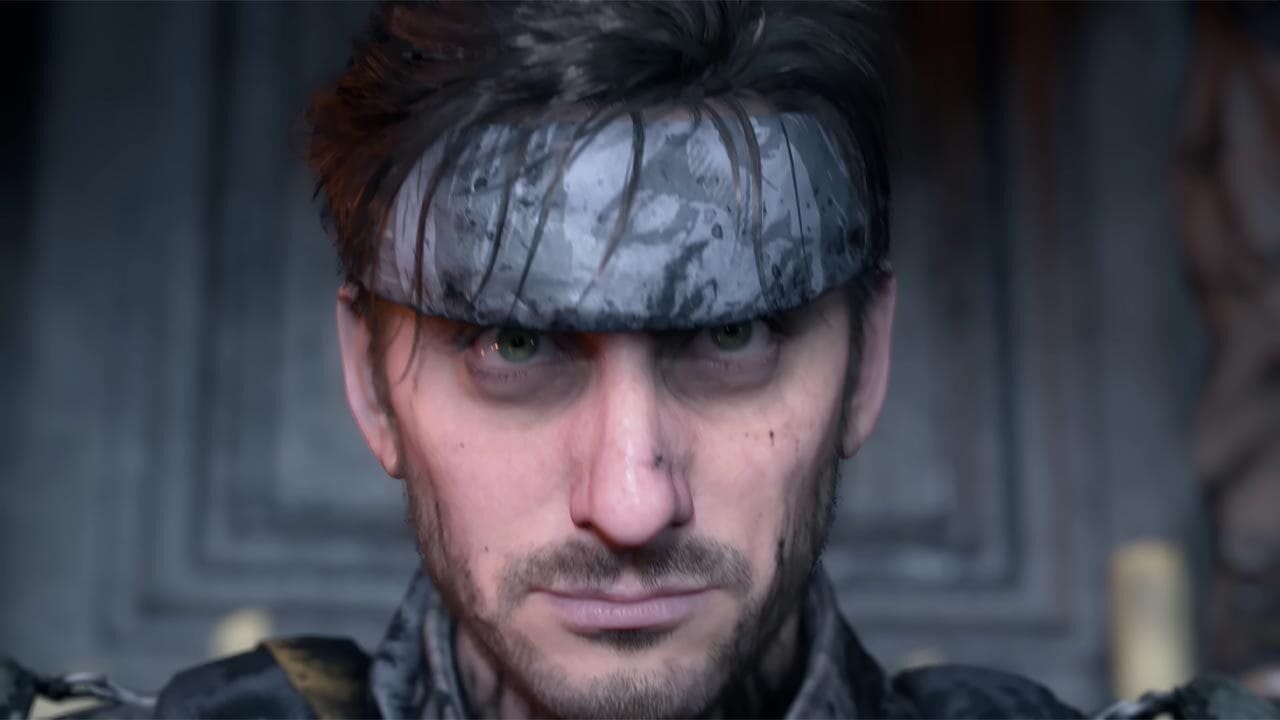
Metal Gear (1987)
Hideo Kojima's first game as the primary director and the most natural starting point for this series is the first entry in the Metal Gear franchise. It was originally developed for the MSX and in the proceeding years ported to NES, Commodore 64 and MS-DOS. I played the Metal Gear Solid: Master Collection Vol 1. edition on PC, which is based on the original MSX version of the game.
Metal Gear takes clear inspiration from two games that both released in 1986, Castlevania and The Legend of Zelda, taking the maze-like world design of Castlevania and placing it on the top down perspective of Zelda, with plenty of hidden items, abilities and backtracking to be done. Gameplay-wise Metal Gear tries to separate itself from its contemporaries through its stealth mechanics that would later become synonymous with the Metal Gear IP. Metal Gear realises some of this stealth gameplay, particularly in sequences where you use Solid Snake's now iconic cardboard box to avoid detection from security cameras and turrets, but it is often undermined by the effectiveness of simply running through and tanking the damage if you have enough healing items. Furthermore, the stunlocking effect of melee combat makes Solid Snake capable of soloing 3 or 4 armored soldiers at the same time without equipment.
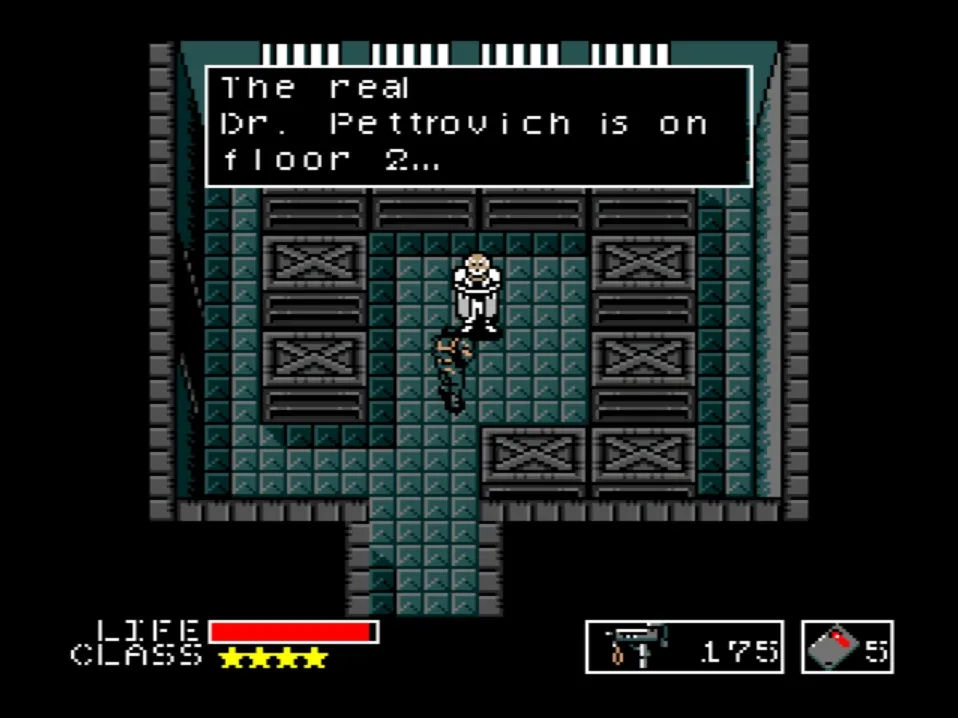
Where Metal Gear really differentiates itself from similar games of the era is in its narrative quirks. Although its story is not much more complex than The Legend of Zelda on the surface, with Solid Snake being placed at the front door of the Outer Heaven facility with a lone goal of destroying the titular nuclear war machine 'Metal Gear', the game has moments of keen awareness of how it can use its gameplay to both play with the player's emotions and build its world. One particular example is when you finally reach what you believe to be the prisoner cell of Dr. Madnar, the scientist responsible for the creation of the Metal Gear (under duress) only to be ambushed and suicide-killed by someone who is acting as a decoy. This is a mildly frustrating interaction, setting you back a good 5-10 minutes due to the game's limited checkpoint system but it powerfully paints the picture of the sheer depravity of an organisation that has someone who is willing to wait as a prisoner and then commit suicide in order to prevent you from stopping their plans.
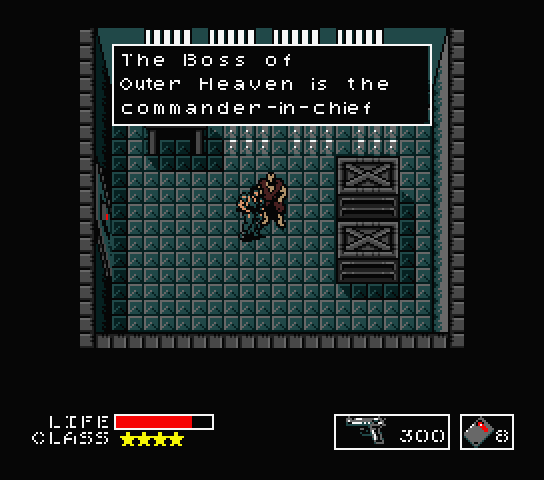
This willingness to frustrate players for narrative or thematic purpose is somewhat of a disappearing art in games, particularly in the AAA space and is something I ultimately welcome in Metal Gear. However, one particular use of frustration seemed needlessly cruel. Throughout the game are various trucks that can host a wide variety of things: ammo, healing items, troops that ambush you etc. But a select few will whisk you away the moment you step inside and you'll find yourself sent back to an earlier part of the game, requiring you to run through the game world for a few minutes to get back to where you were. However, these trucks, ultimately become Metal Gear's best trick. As you approach the 3rd and final building of Outer Heaven, where the Metal Gear is stored, Big Boss, who has guided you via radio transmission since the very first moment of the game, will contact you and recommend you enter a specific truck instead of entering the final building. This truck takes you all the way back to the second building, that is multipe kilometres away. What on earth is the game and Big Boss trying to get you to do? Ignoring his recommendation and entering the building will get you another transmission requesting you enter the door on your left, a strange request given it is seemingly the only way to advance. Once you go through the door the floor starts to vanish underneath you as you step on a pit trap. Clearly either Big Boss is purposely misleading you or someone has control of the communication channels, the guiding force is gone. As you progress you realise that Big Boss is the leader of Outer Heaven and had planned for you to die to dissuade further international intervention in his Metal Gear project.
Metal Gear begins to touch on more adult and political themes in a way extremely few games did in that era, challenging the growing notions of games as a toy post video game crash. In particular, the aforementioned examples highlight the way military forces willingly sacrifice human life in the name of ideals the soldiers often don't even understand and the Metal Gear itself being a manifestation of nuclear anxiety during the cold war (something I will come back to with Snatcher). The trappings of its mechanics being not too disimilar to many of its more child-friendly contemporaries limit the ability of these elements to fully challenge the player, often feeling more like aesthetic coat than serious political discussion. It is though the beginning of Kojima approaching themes that would be reoccuring elements throughout a large majority of his future work.
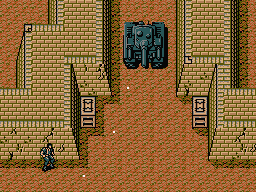
Metal Gear also shows Kojima's clear love of big spectacles that only becomes more and more apparent with the larger budgets and technology that Kojima's teams have gotten access to over the last 40 years. The game has memorable, not quite set-piece, boss fights against a tank, a fighter jet and of course the Metal Gear itself. In motion these fights are of mixed quality, the tank fight feels approriately threatening but perhaps goes on slightly too long, the fighter jet fight's design is undermimed by the missile and grenade launchers which can attack repeatedly from untargetable spots and the Metal Gear fight, while the best of the 3, requires the memorisation of a 15 digit sequence (in reality, just pulled up on the side) and a random 50/50 guess that results in unfulfilling difficulty. The mixed quality extends to the human boss fights that often feel underwhelming in terms of the tension created via difficulty due to the abundance of healing items available, that activate automatically. The game does create good emotional tension for a couple of the human boss fights however, in particular the fight with Coward (Dirty) Duck. In this fight, Duck is surrounded by hostages who the player is punished for letting die. For each one that dies, you permanantly lose max health, a reminder of your failings. One hostage is the brother of Jennifer, one of the people that help you via the game's radio and the person who takes the role of guiding you like Big Boss did in the end game, who will abandon you should he die.
Metal Gear (1987) is not without genuine flaws. I had to look up a guide on a few occasions, the realisation that the game can be brute forced destroys much of the intended secret service fantasy, and the story itself is nothing to write home about but there is the clear demonstration of Kojima's style forming and his understanding of games as a medium for unique forms of storytelling in a game that holds up surprisingly well nearly 40 years later.

